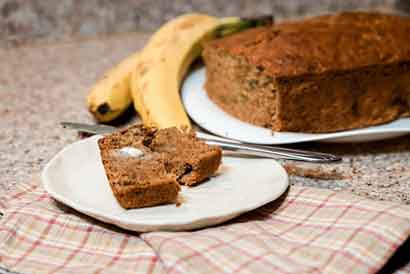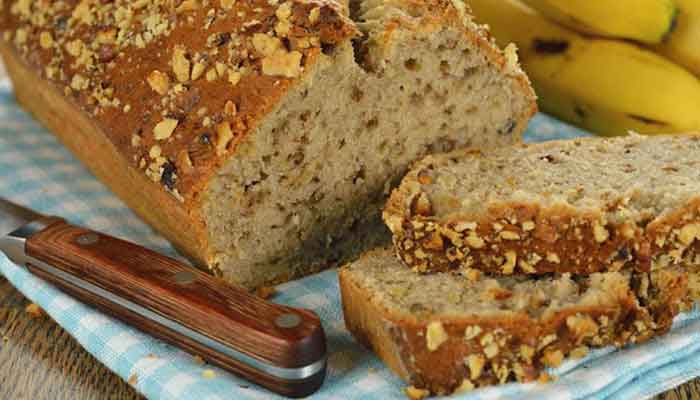Overripe bananas demand “Bake us into banana bread”. How can an amateur baker find a new but reliable banana bread recipe that is safe for diabetics? Clever Internet techniques can help.
Three Paths to Internet Wisdom
Three different Internet routes lead to useful information. One is to put on-topic keywords into a search engine. The second is to find a trusted, authoritative source, and then seek within that site. The third is to check the advertising displayed when reading related articles

Keyword Search Tricks
Searching for keywords may seem to be an easy task. The first trick is to use several good keywords. For example, both “banana bread diabetic recipe” and “diabetic banana bread recipe” use exactly the same relevant words. All four words, together, describe the request.
However, when writing this article, the first set of words returned 132,000 results while the second yielded 154,000 from the same search engine. A different search engine had smaller differences. Putting quotes around “banana bread” gave different results yet again. Any combination may be good; trying several can lead to better results.
However, when writing this article, one search engine returned 132,000 results for the first set of words and 154,000 for the second. Another search engine had smaller differences. Putting quotes around “banana bread” gave different results yet again. Any combination may work well; trying several might be better.
Letting the pantry dictate more keywords can help too. Adding “walnuts” or “dates” as keywords refines the search, making it easier to find relevant selections. An example of a tightly-focused search is “diabetic recipes banana bread walnuts dates”.
Deciding whether to trust a particular site is covered later in this article, in the “Evaluate Advertisers…” section.
Start with a Trusted Source
People with diabetes put their lives at risk if they eat without knowing how that food will affect their blood sugar levels. Starting with a trusted source may be better than simply searching by keyword.
When researching this article, for example, I easily found both the American and Canadian Diabetes Association web sites. These sites represent organizations devoted to the well-being of diabetics; their material should be trustworthy.
Many authoritative sites, like the ones above, have an internal “search” facility, so seeking for “recipe” is easy. Almost every site has top-down menus, so the visitor can drill down to a particular subject such as nutrition. Sites for diabetics tend to have major sections on nutrition, and therefore recipes.
Any baker would want a trustworthy source for recipes, regardless of whether diabetes is a factor. The search might start on recipe sites, home-making sites, or business sites such as flour companies or banana importers. Such sites should say that the recipes have passed baking and tasting tests.
Evaluate Advertisers or Sites Suggested by Searches
An online text advertisement tends to be brief and to-the-point. There is no room for nuance or subtlety. Often there is just a very specific claim that the sponsor can meet the visitor’s needs. How can this be evaluated?
Likewise, a search result displays only a few sentences, at most, from each site. A mismatch might be obvious. When writing this article, the fifth search result I found for “banana” was for an apparel company. Using detailed keywords as suggested earlier makes it more likely that only the useful sites are returned.
There are no shortcuts for evaluating a site, whether it is an advertiser or a search result. Here are some warning signs as well as indications that the site is trustworthy.
Pop-up advertising (or “blocked pop-ups”, depending on the browser options) are often symptoms of greedy organizations. Better sites put their visitors’ interests ahead of their own.
The “Home” or “About” page should introduce the goals and methods of the organization. Two warning flags are a lack of contact information and the use of anonymous blogs.
Recipe sites often include reviews. Do the reviews seem honest, or were they churned out by ghost writers? If there are no reviews, does the author at least claim to have tested the recipe?
Finally, evaluating sites is like comparison shopping: check new claims against prior knowledge. Based on what else you know about nutrition for diabetics, is it reasonable to use unsweetened fruit juice as a sugar substitute? Should it take about one hour, or three, to bake banana bread?
Well Informed and Well Nourished
Finding a new recipe for banana bread that is safe for diabetics can be as easy as pie…er, bread. A few minutes of research can lead to safe, healthy and wholesome new recipes.
